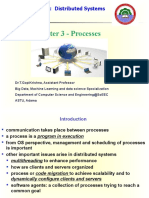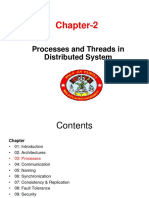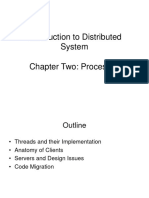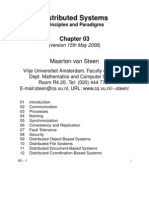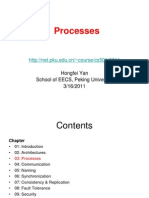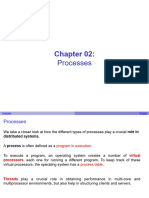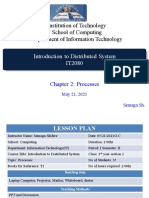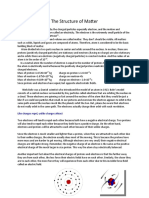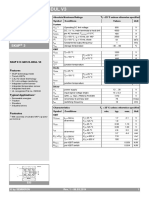0% found this document useful (0 votes)
30 views24 pagesDistributed Systems Chapter 3-Processes
Chapter 3 discusses the management and scheduling of processes in operating systems, emphasizing the importance of communication between processes and multithreading for performance enhancement. It covers thread implementation in both distributed and non-distributed systems, including user-level and kernel-level threads, and the organization of clients and servers in distributed environments. The chapter also addresses server design issues, including server organization, client-server communication, and the concept of server clusters.
Uploaded by
Koo Gãlããnee Tiyyã UrjiiCopyright
© © All Rights Reserved
We take content rights seriously. If you suspect this is your content, claim it here.
Available Formats
Download as PPT, PDF, TXT or read online on Scribd
0% found this document useful (0 votes)
30 views24 pagesDistributed Systems Chapter 3-Processes
Chapter 3 discusses the management and scheduling of processes in operating systems, emphasizing the importance of communication between processes and multithreading for performance enhancement. It covers thread implementation in both distributed and non-distributed systems, including user-level and kernel-level threads, and the organization of clients and servers in distributed environments. The chapter also addresses server design issues, including server organization, client-server communication, and the concept of server clusters.
Uploaded by
Koo Gãlããnee Tiyyã UrjiiCopyright
© © All Rights Reserved
We take content rights seriously. If you suspect this is your content, claim it here.
Available Formats
Download as PPT, PDF, TXT or read online on Scribd
/ 24






